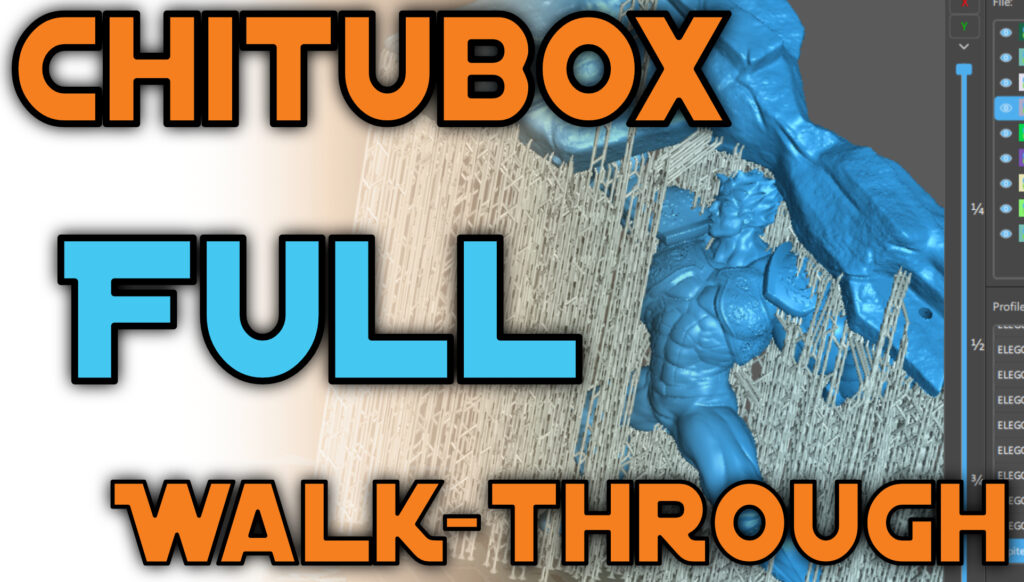3D Printing a 15 Foot Dragon – Part 2 Modeling
Transcript
Hello everybody and welcome to another video. Today is the second instalment of this miniseries, where I undertake the challenge of 3D printing a 15-foot dragon. In the previous video, we explored how the creation of the concept art helped to establish some basic design elements. Today we’ll be taking that information and translating it to a 3d printable model, from which we can then begin doing some test prints. (use different footage than the previous video) Mascot looks up at the concept art yelps and runs away.
Although I did purchase a licence of Maya many years ago, I have since switched over to Blender and have been using it for the past 5 years with great satisfaction. By using both this software and Cura I’ve found a fairly efficient workflow when creating my 3D models. I use Blender to create the models and use Cura to both print them and find issues within the mesh. Cura is very good at highlighting broken areas in the mesh and makes it easier for me to find issues which could prevent the 3d prints from succeeding. It’s for this reason that before I’ll even print, I’ll often simply open up the file to double-check that everything is in order. As witnessed by my Grey hair counter, on some occasions I do regretfully get lazy and skip this process t, and that always turns out great
So to start things off, I’ll typically look at my notes on the project and have those either printed out or on a separate screen while I work. By looking at the initial designs, I will essentially break down the shapes in my head to ones which are easier to model. Essentially I’ll look at the vertebrae design and see that the closest primitive shape is that of a cylinder and use this as my base for which I’ll create a model. This process is very similar to how professional artists will break down a subject prior to drawing the person or object. In this case, I took the cylinder and removed the bottom half so that I was left with the remainder of the mesh. From this point on, I started working on the general shape to make sure that these were as close to the design as possible. Now I did try sculpting the shape right away but quickly ran into issues using this method as you can see from the abomination that’s on your screen. The thin walls simply caused too many issues, so I continued using traditional 3d modelling techniques instead. Even though I had already drawn out a design, it’s important to still make improvements if the project allows for it, therefore I played around with the design further to see which elements could be modified to make the overall shape more interesting. When I’m happy with those portions, I can then begin adding additional details.
I’ll often use non-destructive modifier’s whenever possible, since these allow me to return to a more simplified shape. One such modifier is the mirror modifier, which allows the 3d modeller to only have to work on half of the design while the other is mirrored with software. While this workflow is very useful, it can sometimes cause problems in the geometry if not implemented properly, so it’s always a good idea to double-check the mesh as you work. Another great modifier is the solidify modifier which, although it can work great, it can …. Oh, do something like this, which is definitely not the intended result. So depending on what you’re doing, you’ll want to choose the right modifier for the job.
Once I had the main vertebrae done, I could then begin working on creating the full length of the dragon. To get the proper size requirements, I create a large cube which showed me the overall target dimensions. This was created with the 3d printer’s maximum height taken into account and the desired length. For this project, I had decided to use the CR30 since I could set up multiple prints to print all at once. I duplicated all the vertebrae and… Wow, ok little guy By using a lattice I deformed them into the shape that I wanted to achieve.
For the mechanical portions such as the jaw, I found that doing a quick sketch to get a couple of ideas out on paper was the fastest method to testing the pros and cons of each. For instance. I could have simply used some string and made some holes for the jaw to connect, but I wanted to limit the movement to just up and down as much as possible. Having a hinge would allow for this, however it would also make future repairs more difficult. I ended up choosing the hinge since I wanted to 3d print as much of the dragon as possible, and this allowed me to do so. In the end, however, a prototype always needs to be made to test out the mechanic and see what needs to be changed from the design, but that will be a story for another day. I hope you guys enjoyed the journey so far. If you want to support this channel, please feel free to check out the merch on my main website. Thank you for watching, and I hope to you again soon. Thank you and take care.

